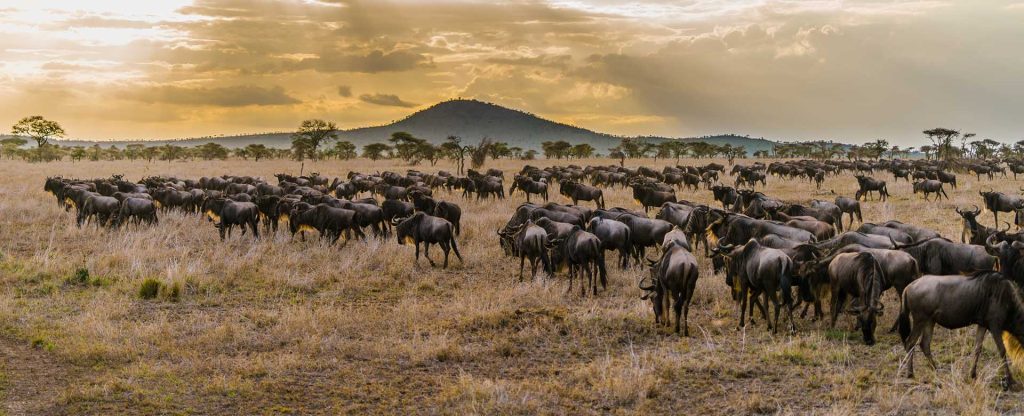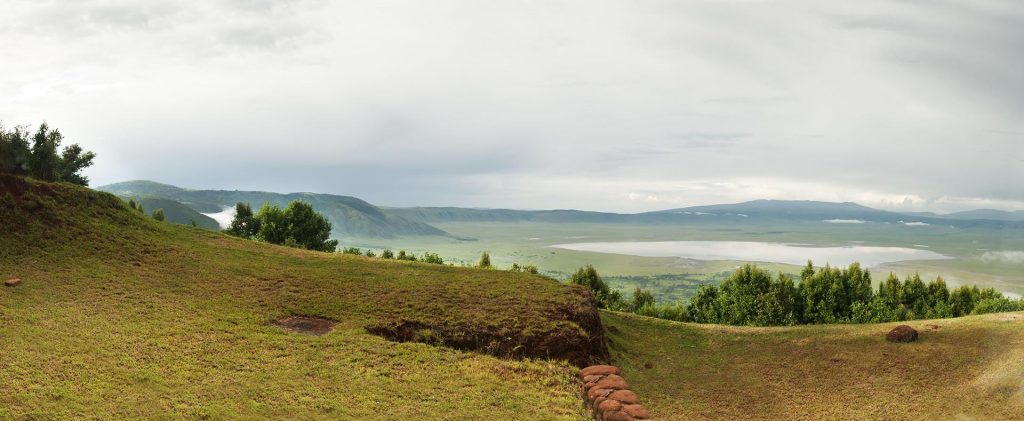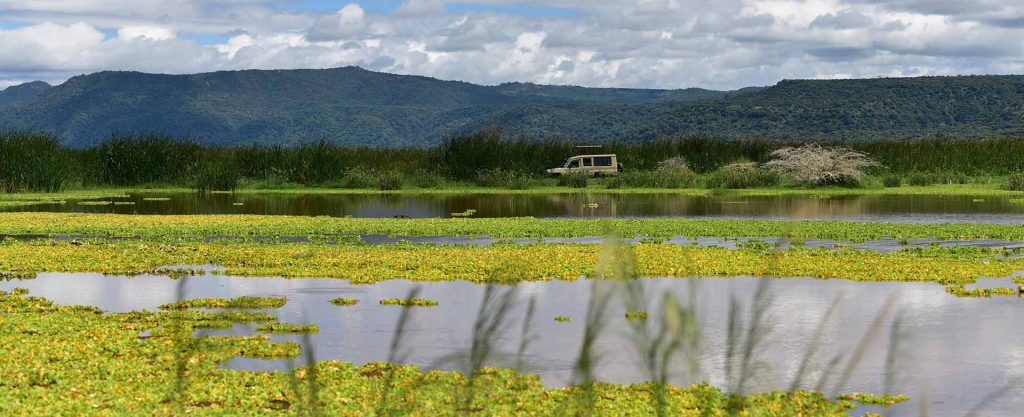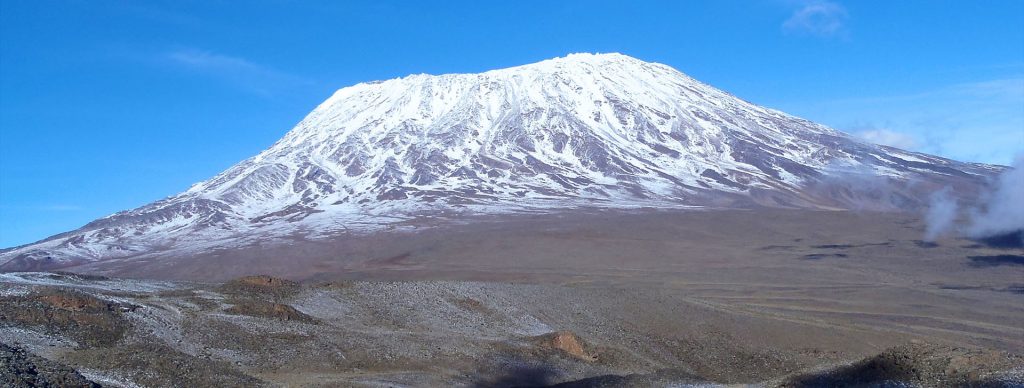Tanzania Top Destinations
Zanzibar Island
Zanzibar is a definition of pristine beaches, crystal-clear waters, cultural gems, and flourishing plantations. Its captivating history revolves around Stone Town, the former capital of a vast empire that spanned continents and served as the starting point for renowned explorers like David Livingstone and Henry Stanley on their expeditions of discovery.
Zanzibar, an archipelago comprising numerous small islands, is a semi-autonomous region of Tanzania situated approximately 25 miles off the coast of the Indian Ocean. The two primary islands are Pemba Island, located to the north, and the larger Unguja Island, commonly known as Zanzibar. The majority of the 1.3 million population resides here, with the densely populated west being the main settlement area.
Beyond a few key towns, most individuals live in small villages, engaging in trade, subsistence farming, or relying on the sea for sustenance. The reefs surrounding Zanzibar are teeming with diverse marine life, making them perfect for snorkeling and diving. Additionally, the island boasts miles of soft, white sandy beaches adorned with swaying coconut palms, epitomizing the essence of a quintessential tropical paradise.
For travelers spending time in Dar es Salaam, reaching Zanzibar is a convenient and hassle-free experience. One popular option is to travel by ferry, which offers a quick and comfortable two-hour journey across the Indian Ocean. The ferry provides spacious views of the vast waters, and onboard services ensure that guests have a comfortable crossing.
For those flying in from Dar es Salaam, Zanzibar’s International Airport is the arrival point. Travelers are met at the airport and transferred to their respective hotels or resorts. Several key international airlines, including Qatar, Air France, KLM, Ethiopian, and Turkish Airlines, offer direct flights to and from Zanzibar.
Zanzibar the jewel of the Indian Ocean, the tropical (Spice Island) in the Indian Ocean, is famous for its paradise which are perfect for relaxation and sea-based activities such as diving, snorkeling, fishing, sailing and so on.
Stone Town Tour
This is the best place where you will feel multiculturalism of Zanzibar consisting of the residents of different origin. House of wonder, old fort, darajani market, palace museum, Anglican church at Mkunazini are among the areas you will be visiting during the tour.
Safari Blue
Zanzibar’s most talked about Sea Adventure … a very special product comprising a full day excursion exploring the very beautiful conservation area of Menai Bay, south-west of Zanzibar Island. Safari Blue departs from the fishing village, islands, lagoons and wonders of the bay and the Indian Ocean in the comfort of traditional dhows.
Spice Tour
Here you can see, touch, smell and savor a wide variety of spices, fruits, herbs and ornamental plants and flowers including cloves, star fruit, vanilla, cinnamon, pineapple, lemon grass, mangos teen, lipstick trees, etc
Seafaris
It includes world class snorkeling at the famous Mnemba atoll, a marine conservation area, followed by a scrumptious seafood barbeque on the idyllic Muyuni beach.
Jozani Forest
It covers approximately 3% of the Zanzibar main island. The reserve contains a large mangrove swamp and natural coral rag forest that is home for over 100 different kinds of trees and species. The red colobus monkey is one of the rarest monkeys in Africa and can only be found on the main island of Zanzibar.
Prison Island
The island offers a stunning view of the town especially during the night; there is very beautiful minor sandy beach where swimming on the crystal waters is marvelous. A home of the giant tortoise, which is now under strict conservation. The coral reefs surrounding the island provide an opportunity of snorkeling.
Nungwi Village Tour
This is the best trip that gives you the scope to discover the life of local fisherman of the island. It offers variety things and activities to do; including fish market, traditional boat yard and interacting with local people.
Sandbank Picnic
We sail towards the white sand bank; we will do some snorkeling and see the stunning array of colored corals and tropical fish of the island. The trip includes the use of top-quality snorkeling equipment with guides.
Sunset Cruise
On a traditional wooden dhow with the wind in your sail and a glass of wine in your hands as you cruise along watching the sunset.
Dolphine Trip
Situated on the southern point of the island, Kizimkazi fishing village is home to several schools of bottle-nosed dolphins and Humpback dolphins, which can often be sighted following a short boat trip from the village. If you are luck, you may be able to swim quite close to the dolphins.
Festival & Events
Festival of the Dhow Countries – is an international film and cultural festival held in July on the islands of Zanzibar. Hosted by Zanzibar International Film Festival (ZIFF), the event showcases and promotes the myriad of film, music, dance, and other art forms from the historically trade connected “dhow countries’ of East Africa, India, Iran, Pakistan, the Arabic countries and islands of the Indian Ocean.
Sauti za Busara
The festival takes place in Stone Town, is organized by Busara Promotions, a non-profit NGO, with the aim of encouraging audiences to celebrate cultural and religious diversity, and to promote and develop opportunities for musicians and performing artists along the Swahili coast… on Mid-February
Mwaka Kogwa
The traditional Shirazi or Persian New Year celebrations that take place in Zanzibar… the holiday is held every year around the third week of July. A four days long celebration
The climate in Zanzibar is tropical, characterized by year-round heat, with a particularly hot period from December to March and a relatively cooler period from May to August. The region experiences two rainy seasons: the first, known as the “long rains” season, is more intense and occurs from March to May, with the peak in April. The second, known as the “short rains” season, is less intense and takes place between mid-October and December. Zanzibar receives an average annual rainfall of approximately 1,600 millimeters (63 inches), while Pemba receives slightly more at 1,900 mm (75 in). The wettest months are April and May, during which heavy downpours can lead to flooding. However, short thunderstorms can occur throughout the year.






